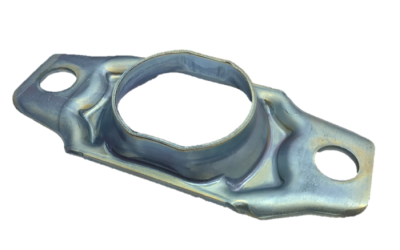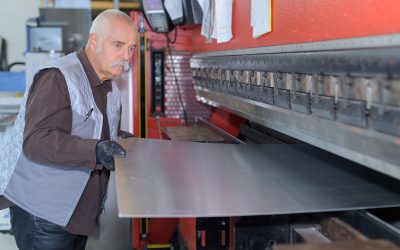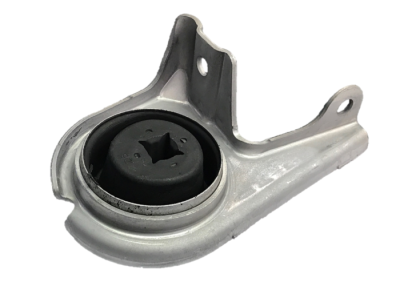If your firm is involved in fabricating metal, you will need to have machinery that will take the iron or sheet steel and make it conform to the desired shape. This is part of the very definition of metal fabrication. While many tools and actions are involved in coaxing and forcing the metal to become the end product, metal benders often play a very significant role in the process.
Metal Bending: Variations on a Theme
Essentially, metal bending falls into several different variations. Below is a list of four different types or methods of bending metal:
1. Air Bending: This method involves pressing a punch into the material. This action pushes it into a bottom V-die.
2. Bottoming: In this variation, the operator uses the equipment to force the sheet metal against the V opening in the bottom tool. This method does not permit the use of any U-shaped openings.
3. Coining: While similar to air bending, the top tool exerts force that is up to 30 times greater when forcing the metal into the bottom die. Although very precise, this method is more expensive than others are.
4. Three-Point Bending: This is one of the newer methods for metal benders to employ. The die has an adjustable-height bottom tool. A servomotor moves it to the correct setting. A hydraulic cushion makes the necessary modifications between the ram and the upper tool. This precise method is also flexible and costly restricting its use to high-end and specialized production.
Metal Benders
Bending is fabrication requiring skill and the knowledge of the diverse methods and variations available to produce the specified shape. Fabrication shops and larger manufacturers have a choice of metal benders. They select the right one for the job based on its ability to fulfill specifications, and work with their machinery and operators to produce the desired shape.


